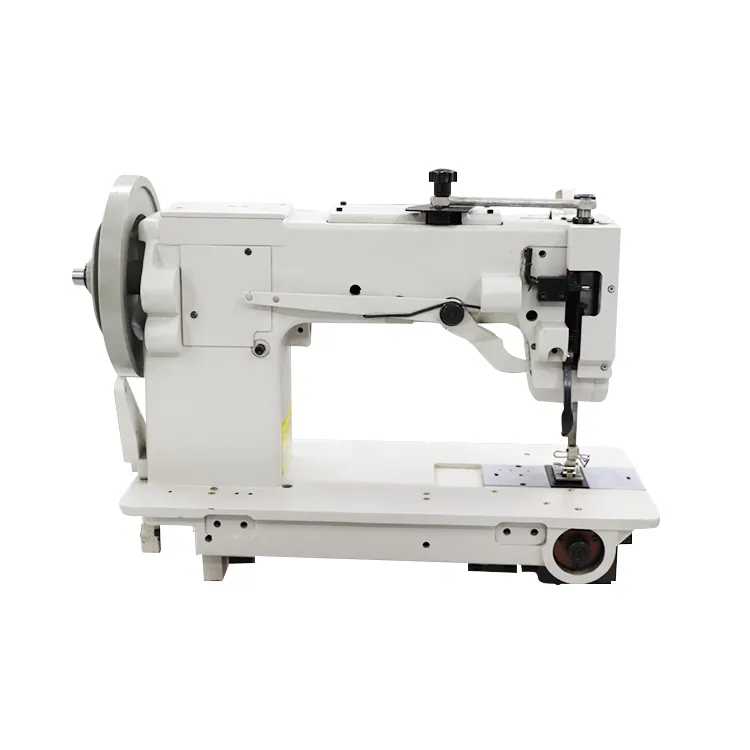Automotive Interior Sewing Machines - Precision & Quality for Automotive Upholstery
The Evolution of Automotive Interior Sewing Machines
In the realm of automotive manufacturing, the importance of high-quality interiors cannot be overstated. As vehicles evolve in design and technology, so too must the equipment used to create these luxurious and functional spaces. Among the key players in producing automotive upholstery, seats, and other interior components is the automotive interior sewing machine. These specialized machines have undergone significant advancements, enhancing both efficiency and precision in the production process.
Historically, sewing machines used in the automotive industry were relatively simple and manual, often limiting the complexity of the designs that could be achieved. However, as the demand for customized interiors increased, manufacturers began investing in more sophisticated technologies. Modern automotive interior sewing machines are now equipped with features such as computerized controls, automatic thread trimmers, and multi-needle functionality. These advancements allow for intricate patterns and seamless stitching, meeting the high aesthetic and durability standards required in today’s vehicles.
One of the critical benefits of modern sewing machines is their ability to handle various materials. Automotive interiors utilize a wide range of fabrics, including leather, synthetic materials, and novel textiles engineered for specific uses. Advanced sewing machines are designed to accommodate these diverse materials while maintaining consistent stitching quality. This versatility is essential, as different components of the interior may require different materials, each demanding unique handling and sewing techniques.
automotive interior sewing machine

Moreover, with the rise of electric and autonomous vehicles, consumer expectations have shifted towards more innovative and high-tech interiors. This evolution has prompted the automotive industry to experiment with new design elements, including integrated electronic components and lighting. Sewing machines now play a vital role in this innovation, often incorporating technology that facilitates the seamless integration of these new features into the interior design.
Automotive manufacturers are also increasingly emphasizing sustainability in their production processes. As part of this trend, many sewing machines are being developed with energy-efficient technologies and features that minimize waste. For example, machines that utilize ultrasonic welding techniques can provide cleaner finishes without the use of traditional adhesives, leading to lighter and more environmentally friendly interior components.
The significance of skilled labor in operating these machines cannot be overlooked. While automation has streamlined many processes, the artistry involved in creating a visually appealing and functional automotive interior still relies heavily on the expertise of skilled technicians. Training programs focused on modern sewing techniques and machine operation are essential in equipping workers with the knowledge necessary to produce high-quality interiors.
In conclusion, automotive interior sewing machines are at the forefront of innovation in the automotive industry. As technology advances and consumer preferences evolve, these machines will continue to adapt, ensuring that the interiors of tomorrow’s vehicles are not only visually stunning but also sustainable and functional. The journey of these machines reflects a broader narrative of progress within the automotive sector, showcasing the vital interplay between craftsmanship and technological advancement.
-
Leather Sewing Machine: The Industrial Standard for Tough MaterialsNewsJul.18,2025
-
Sail Making Machine: Heavy-Duty Stitching for Industrial and Marine NeedsNewsJul.18,2025
-
Sling Sewing Machine: The Backbone of Heavy-Duty FabricationNewsJul.18,2025
-
Leather Sewing Machine: Precision for Heavy-Duty StitchingNewsJul.18,2025
-
Big Bag Sewing Machine: Powering the Future of Bulk PackagingNewsJul.18,2025
-
FIBC Sewing Machine: Essential Equipment for Bulk Bag ProductionNewsJul.18,2025
-
Heavy Duty Leather Sewing Machine: A Must-Have for Professional LeatherworkNewsMay.28,2025





























